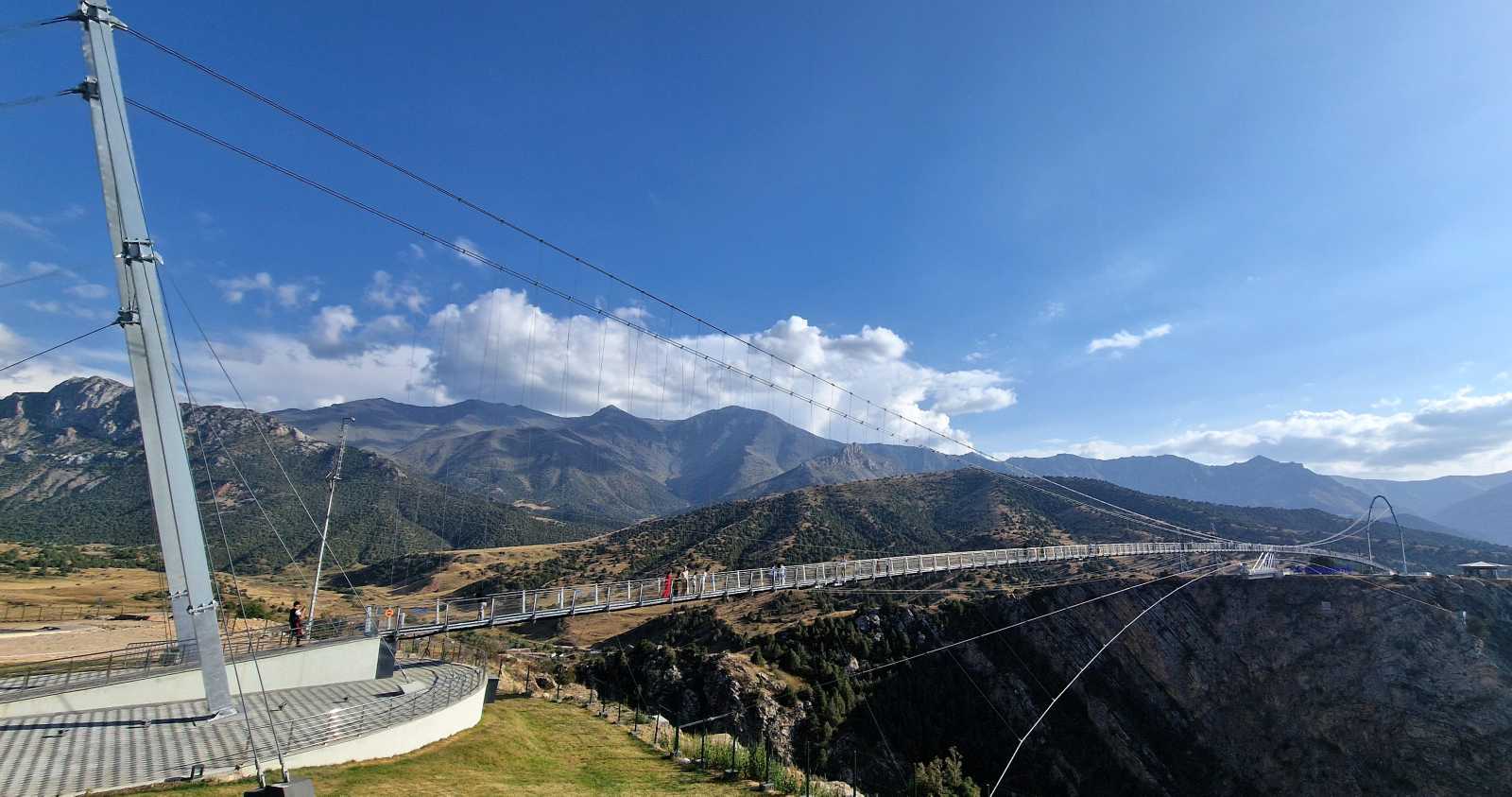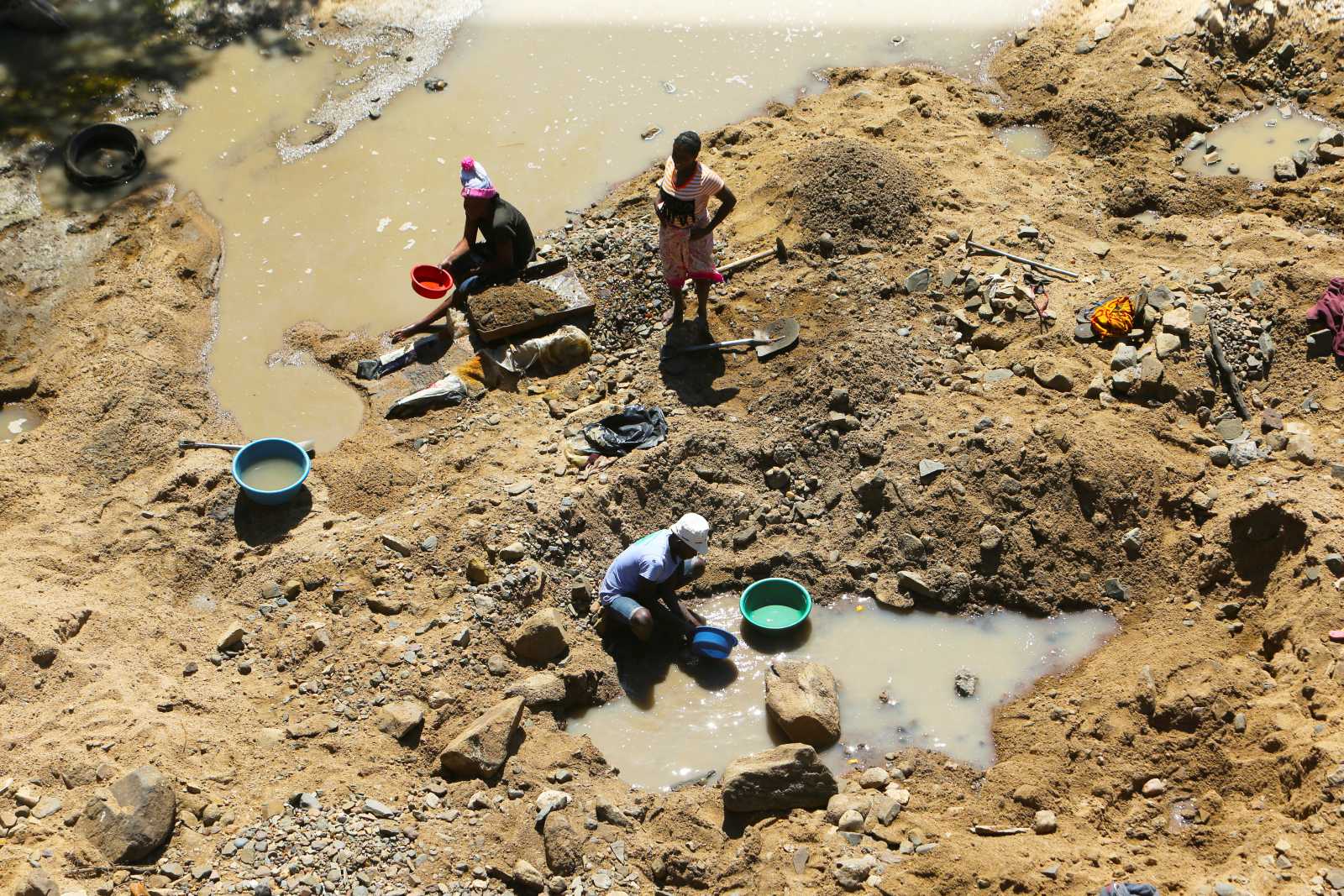Comment
Appearances can be deceptive
By Anne Jung and Marie Müller
It was about a global business – so the meeting of the Kimberly Process (KP) in the Democratic Republic of the Congo attracted 75 delegations from national governments in June. Representatives of industry and civil society organisations (CSOs) attended the event too. More than ten years ago, delegates of these three sectors launched the KP, which is considered one of the most important certification systems for preventing trade in conflict resources. Now, however, the alliance is close to breaking up. The civil society coalition left the Kinshasa conference early. This gesture was a dramatic way to emphasise that CSOs from Africa, Europe and North America demand a tighter control regime for the gem trade.
The Kimberley Process was initiated in 2000 under pressure from the UN and CSOs that were alarmed by the lively trade in conflict diamonds in the late 1990s. The CSOs wanted to stop mining in African war zones and prevent rebel groups from buying arms with “blood diamond” profits.
In public perception, the KP is often mistakenly regarded as a tool for sanctioning all forms of human rights violations. In truth, the official definition of the KP only targets the business done by rebel groups. Strictly speaking, any use of force ordered by a government is not the concern of the KP, nor are inhumane working conditions in mining.
This narrow definition caused controversy when state-sponsored violence and smuggling escalated in Zimbabwe’s diamond fields. In late 2008, thousands of people were expelled from diamond rich Marange; hundreds died in military operations. Even today, soldiers force workers to dig for diamonds in that area. The KP meeting in Kinshasa drafted an agreement on the matter, but it was too vague to really protect workers in Zimbabwe’s diamond fields. The draft agreement did not define any control mechanism to prevent illegal diamonds from entering the global supply chain. Nor did it make proposals to protect local human rights workers who report violence and trafficking committed by governmental security forces. Independent KP monitoring is impossible in Zimbabwe.
Another problem is that the KP certification system is not legally binding. Since it is based on voluntary participation, there is a risk of private sector companies using the KP only to enhance their public image. Even the system of supervision is discretionary: KP members exchange delegations, but reports are neither verified independently, nor is the KP supervisory committee prepared to call to account members that repeatedly break the rules.
The CSOs in the KP represent communities that have suffered from diamond-fuelled conflicts. They feel they cannot stay part of the KP if it fails to protect the people concerned. The demand for reform is important and must be made in public, precisely because governments all over the world cite the KP as a model certification system – the German government recently did so in its raw materials strategy. Necessary steps include making members’ commitments legally binding and establishing an independent review board. The implementation of the KP must not depend on the political will of the country in question. Unless the civil society coalition is recognised as an equal part of the tripartite structure, the entire concept is at risk of becoming a farce.







